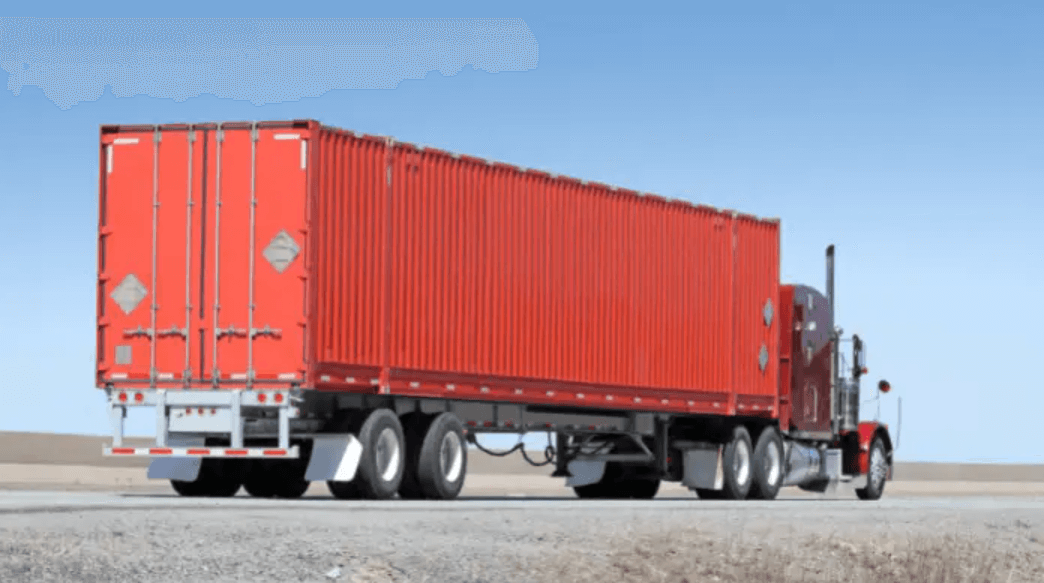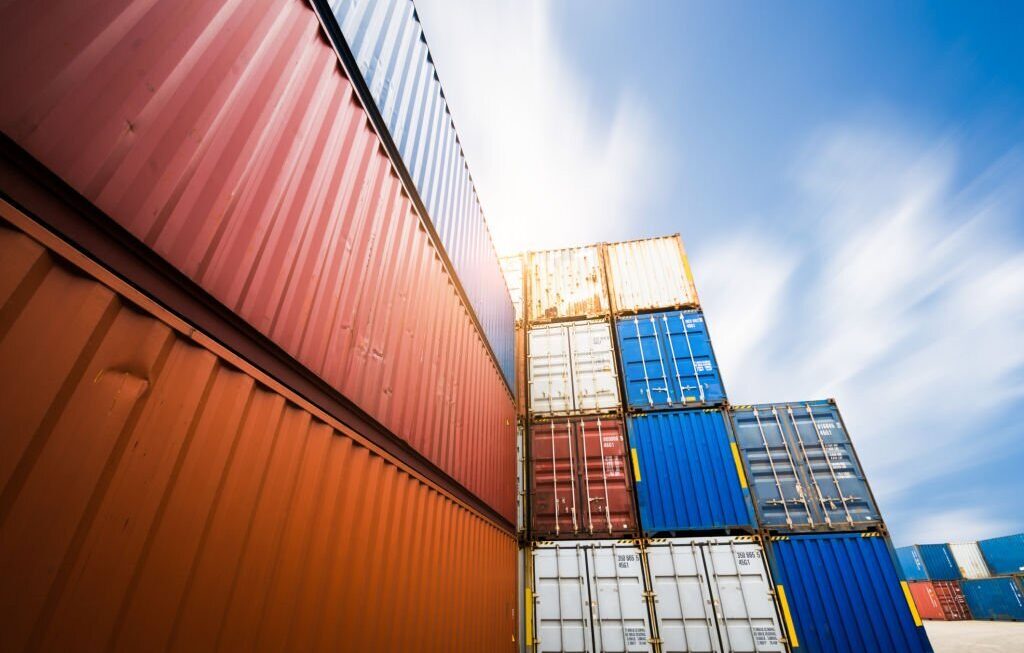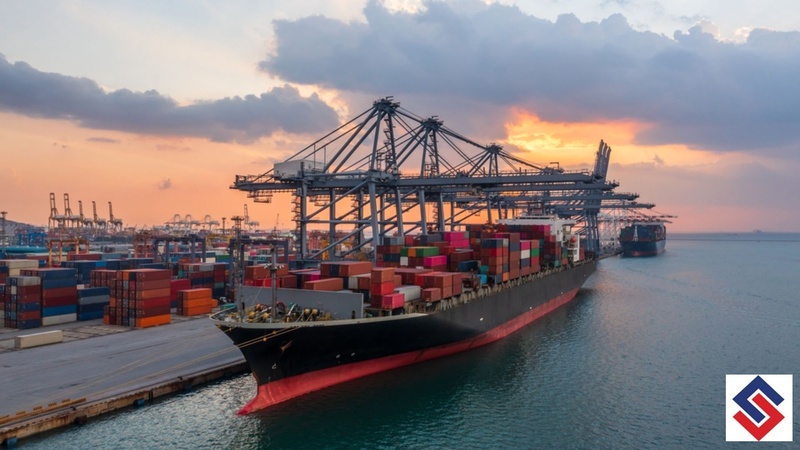When handling dangerous goods, it’s crucial to understand the correct transportation methods and safety procedures for each substance. Every dangerous good has unique properties and risks that must be understood when handling that substance. Dangerous goods are classified as substances that have properties that make them a risk to people or property if handled incorrectly. The United Nations (UN) identifies six primary dangers: flammability, toxicity, reactivity, explosive potential, corrosivity, and other hazards such as subsidiary risks related to extended exposure to certain substances or their residual effects after combustion.
What to Understand Before You Ship
You’ll need to know a number of things when you’re preparing to ship dangerous goods. First, you’ll need to understand the hazard class of the goods you’re shipping. You can get this information from the UN classification system. You’ll also need to know the packing group of the dangerous goods you’re shipping. The packing group will tell you which type of container and packaging you’ll need. You’ll also need to know the quantity of dangerous goods you’re shipping. You’ll need to understand the emergency response information (ERI) of the dangerous goods you’re shipping. You can find this information on the UN label.
Flammable Goods
Flammable goods come under the hazard class Combustible. They’re defined as materials that are more easily ignited and will burn more vigorously than ordinary combustibles such as wood, paper, or cloth. Flammable goods are the most common type of dangerous goods. Flammable goods are divided into three subgroups according to the speed at which they ignite.
Flammable gases – They are gases that will ignite if mixed with air at any proportion. While flammable gases don’t present a huge risk when shipping them, they are noxious and harmful to health.
Flammable liquids – They are liquids that will ignite at any proportion if mixed with air. Shipping dangerous goods in flammable liquids is the most common method of transportation. They’re also the most dangerous type of dangerous goods.
Flammable solids – They are solid materials that will ignite or self-ignite at any proportion if mixed with air.
Toxic Goods
Toxic goods are under the hazard class Toxic and infectious. They’re defined as materials that can harm the human body.
Chemical agents – They are organic or inorganic chemical substances that can cause illnesses or death if ingested or inhaled.
Pathogenic microorganisms – They cause diseases that can result in death such as anthrax, plague, smallpox, and tularemia.
Poisonous snakes, spiders, and insects – They are living organisms that are harmful if handled or encountered.
Radioactive materials – They emit ionizing radiation that can cause death and illness.
Toxic gases – They are gases that are harmful to the human body when inhaled. Toxic liquids – They are liquids that are harmful to the human body when ingested.
Toxic solids – They are solids that are harmful to the human body when ingested.
Corrosive Goods
Corrosive goods are under the hazard class Corrosive. They’re defined as materials that will chemically attack and damage living tissues and can cause death.
Strong acids – They are acids that will cause severe burns to the skin and eyes.
Strong alkalis – They are alkalis that will cause severe burns to the skin and eyes.
Strong oxidizers – They are chemicals that will react vigorously with organic materials such as wood, paper, and fabrics.
Strong organic solvents – They are organic solvents that will dissolve natural and synthetic fabrics.
Explosive Goods
Explosive goods are under the hazard class Explosive. They’re defined as materials that will detonate or cause an explosion when they’re in the right conditions. You can identify explosive goods by the Type of hazard label present on the UN label.
Other Dangerous Goods
Other common dangerous goods include corrosive solids, flammable solids, oxidizing solids, toxic solids, and oxidizing liquids. There are also certain goods, such as radioactive materials and certain types of chemicals that can be harmful to the environment and/or marine life. It is important to mark these goods as “Harmful” and be aware of how they can affect the marine ecosystem. If you are shipping dangerous goods, it’s important to be aware of their properties and the correct safety procedures for handling them. You need to understand the correct packaging and labeling requirements for dangerous goods, as well as how to protect yourself and those around you.
Proper Shipping Procedures
When shipping hazardous materials, there are certain procedures you need to follow to ensure the safety of everyone involved. It’s important to understand the hazards of the goods you’re shipping and how they can be dangerous. It is crucial to follow proper shipping procedures in order to prevent accidents.
Prepare the goods – The first step of shipping dangerous goods is to prepare the goods. You need to make sure they’re properly packaged and labeled.
Packaging and labeling – The packaging of the goods should be appropriate for the quantity and the type of goods being shipped. The packaging should be strong enough to withstand normal handling and any potential damage during shipping. You should always check the packaging requirements of your goods. If your goods are flammable, corrosive, or toxic, they must be properly labeled and packaged. *Emergency response information – The emergency response information (ERI) on the label of the goods must be accurate. Ensure that your goods are correctly identified as dangerous goods the way they are meant to be.
Safety features – The dangerous goods must be properly secured so they don’t pose a risk to the crew or other goods on the ship.
Transportation – The dangerous goods should be transported in a safe place and away from other goods. It’s important to be aware of the location of your goods at all times.
Conclusion Dangerous goods are transported every day throughout the world. While it’s crucial to transport them safely, it can be difficult to know the correct procedures for each type of dangerous good. You need to understand the correct shipping methods and safety procedures for each substance. Every dangerous good has unique properties and risks that must be understood when handling that substance. You can contact DG Express for more information to ship your Dangerous or Hazardous Materials.



